Mohammad Asiful Hossain
International Workshop on Continual Semi-Supervised Learning: Introduction, Benchmarks and Baselines
Oct 27, 2021


Abstract:The aim of this paper is to formalize a new continual semi-supervised learning (CSSL) paradigm, proposed to the attention of the machine learning community via the IJCAI 2021 International Workshop on Continual Semi-Supervised Learning (CSSL-IJCAI), with the aim of raising field awareness about this problem and mobilizing its effort in this direction. After a formal definition of continual semi-supervised learning and the appropriate training and testing protocols, the paper introduces two new benchmarks specifically designed to assess CSSL on two important computer vision tasks: activity recognition and crowd counting. We describe the Continual Activity Recognition (CAR) and Continual Crowd Counting (CCC) challenges built upon those benchmarks, the baseline models proposed for the challenges, and describe a simple CSSL baseline which consists in applying batch self-training in temporal sessions, for a limited number of rounds. The results show that learning from unlabelled data streams is extremely challenging, and stimulate the search for methods that can encode the dynamics of the data stream.
Crowd Counting Using Scale-Aware Attention Networks
Mar 05, 2019

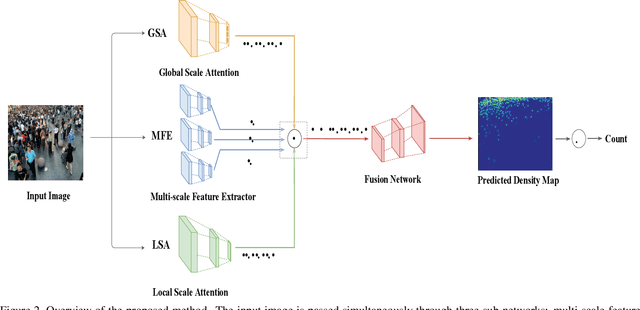
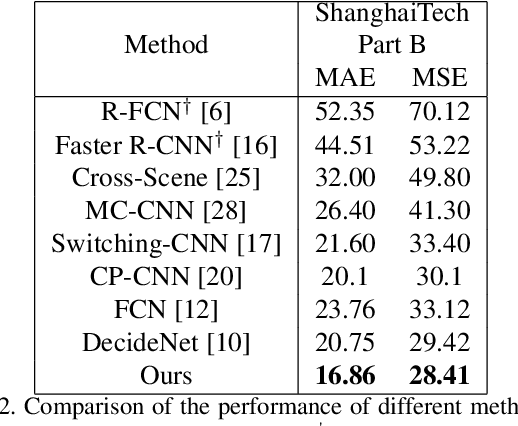
Abstract:In this paper, we consider the problem of crowd counting in images. Given an image of a crowded scene, our goal is to estimate the density map of this image, where each pixel value in the density map corresponds to the crowd density at the corresponding location in the image. Given the estimated density map, the final crowd count can be obtained by summing over all values in the density map. One challenge of crowd counting is the scale variation in images. In this work, we propose a novel scale-aware attention network to address this challenge. Using the attention mechanism popular in recent deep learning architectures, our model can automatically focus on certain global and local scales appropriate for the image. By combining these global and local scale attention, our model outperforms other state-of-the-art methods for crowd counting on several benchmark datasets.
An Efficient Single Chord-based Accumulation Technique (SCA) to Detect More Reliable Corners
Aug 20, 2017
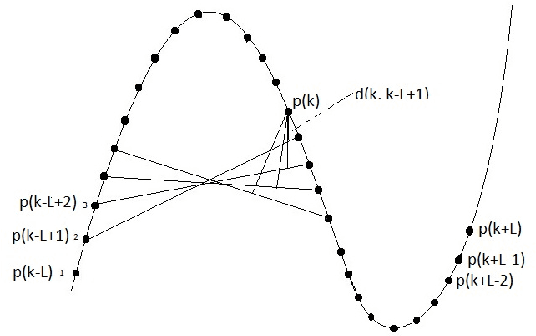


Abstract:Corner detection is a vital operation in numerous computer vision applications. The Chord-to-Point Distance Accumulation (CPDA) detector is recognized as the contour-based corner detector producing the lowest localization error while localizing corners in an image. However, in our experiment part, we demonstrate that CPDA detector often misses some potential corners. Moreover, the detection algorithm of CPDA is computationally costly. In this paper, We focus on reducing localization error as well as increasing average repeatability. The preprocessing and refinements steps of proposed process are similar to CPDA. Our experimental results will show the effectiveness and robustness of proposed process over CPDA.
Chord Angle Deviation using Tangent (CADT), an Efficient and Robust Contour-based Corner Detector
Feb 16, 2017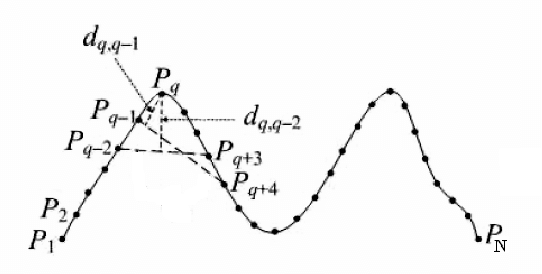

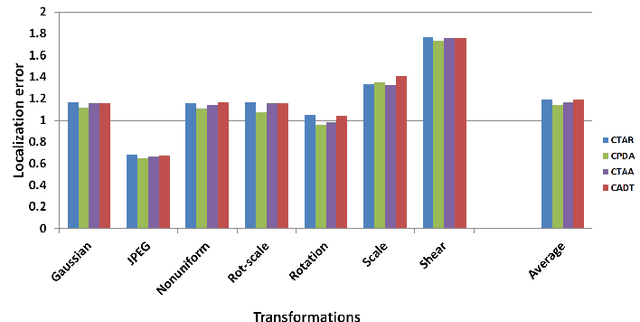

Abstract:Detection of corner is the most essential process in a large number of computer vision and image processing applications. We have mentioned a number of popular contour-based corner detectors in our paper. Among all these detectors chord to triangular arm angle (CTAA) has been demonstrated as the most dominant corner detector in terms of average repeatability. We introduce a new effective method to calculate the value of curvature in this paper. By demonstrating experimental results, our proposed technique outperforms CTAA and other detectors mentioned in this paper. The results exhibit that our proposed method is simple yet efficient at finding out corners more accurately and reliably.
 Add to Chrome
Add to Chrome Add to Firefox
Add to Firefox Add to Edge
Add to Edge